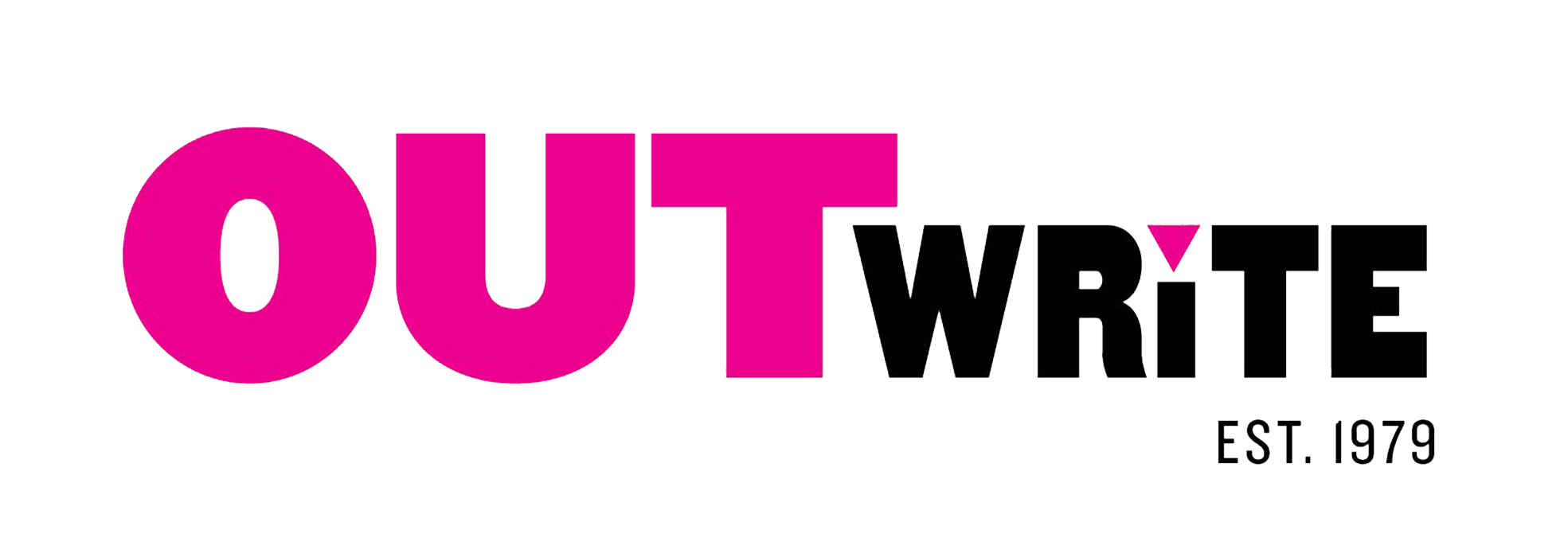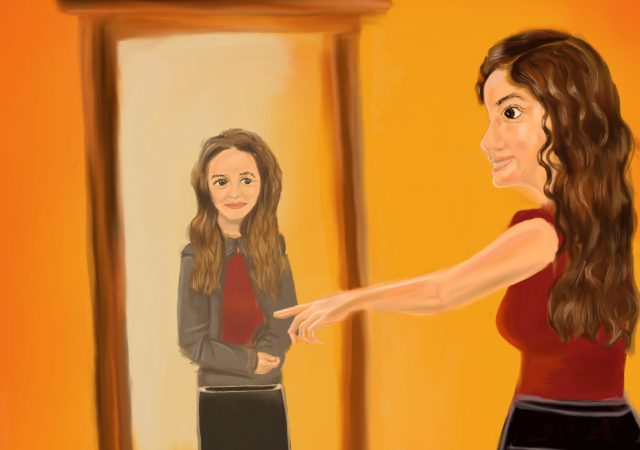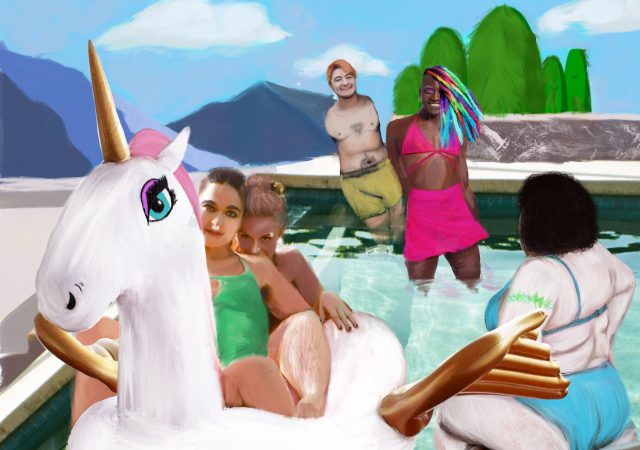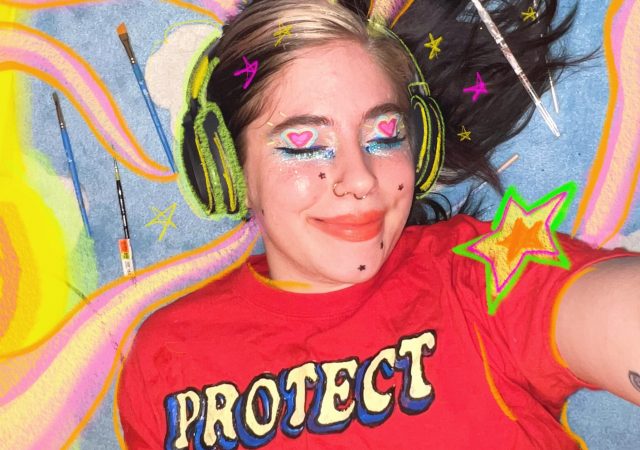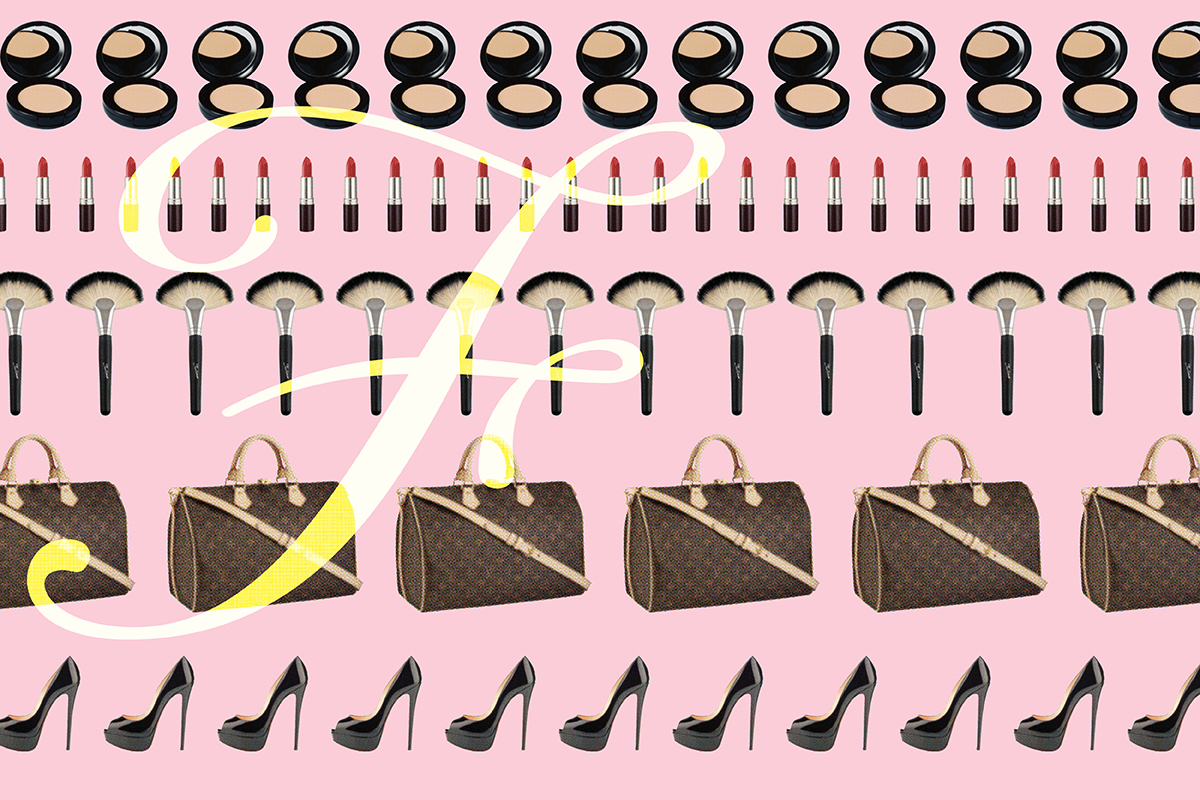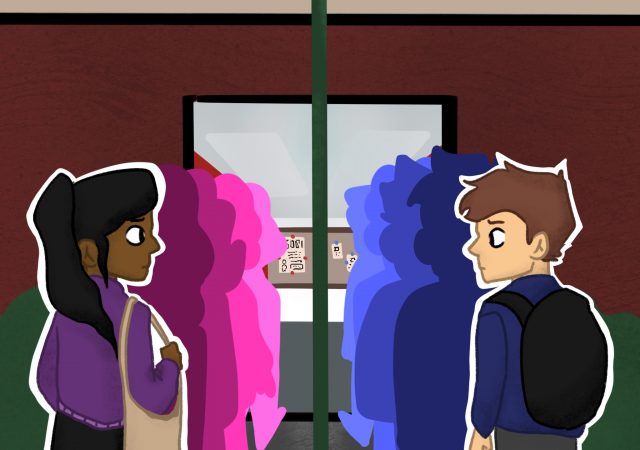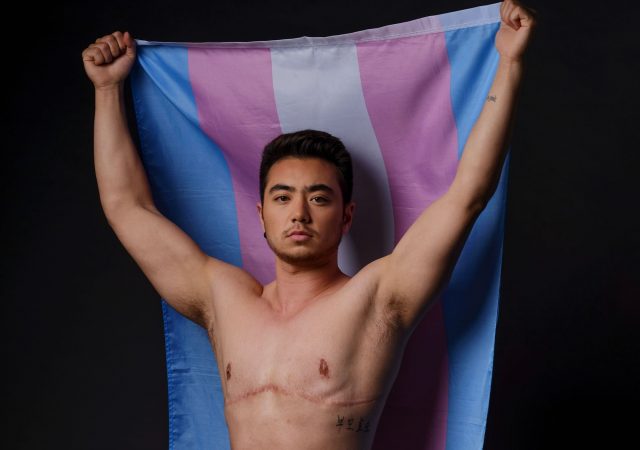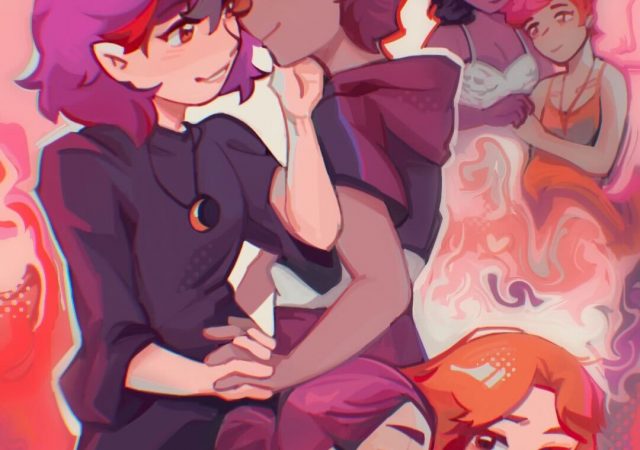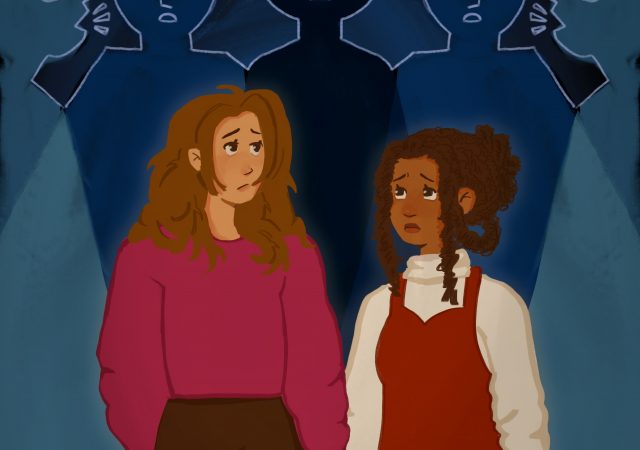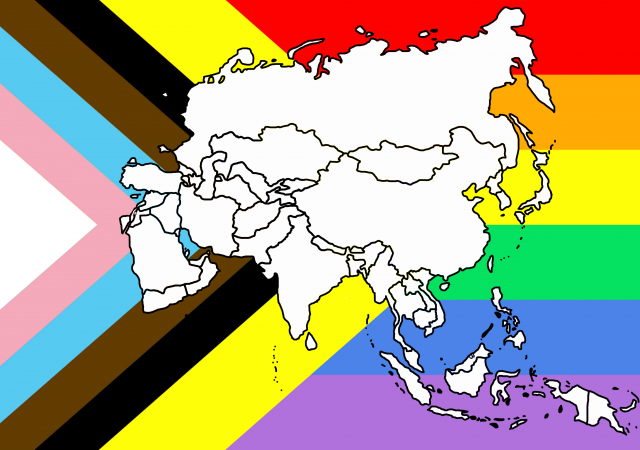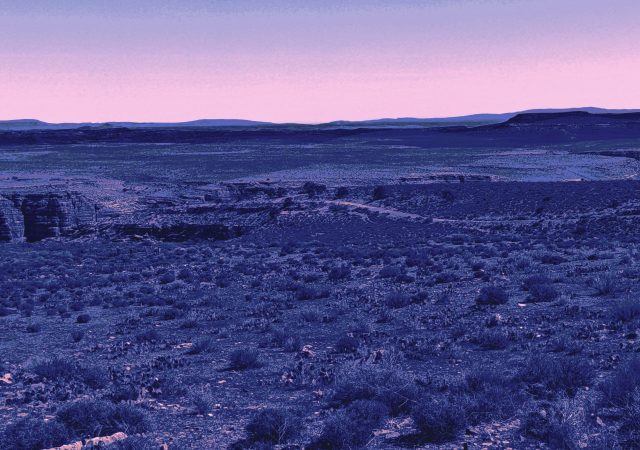Coming out is hard in so many ways. I came out to myself when I was 18 years old — well, I didn’t “come out,” rather I abruptly clarified it to myself that I like women. Big deal. I hate categorizations and boxes and lists, yet it also relaxes me to put things and ideas into categories, boxes, and lists. The LGBTQ+ spectrum is mindblowingly expansive and, as I’m sure you already know, it is so beautiful.
Queering Masculinity in “Stone Butch Blues”
Leslie Feinberg’s historical novel “Stone Butch Blues” voices the experiences of many butch and transmasculine individuals. In a transformative exploration of queer recognition and the way it damns and redeems us, the novel unearths critical queer history and underlines the importance of intersectional solidarity. Courage, loneliness, and understanding echo through the story of the butch protagonist, Jess Goldberg.
The 250-Year-Old “Fad”: The Public Universal Friend and Gender Nonconformity Then and Now
1776 was a chaotic year: so hectic that barely anyone noticed that a young woman named Jemima Wilkinson lay dying. The person who awoke the next morning bore a different name and a different purpose: The Public Universal Friend was born.
Hair: Chronicling My Journey to Queer Joy
The hardest part about being a Brown person who was socialized as a girl was enduring the constant jabs about my hair. I hit puberty at 9, which meant that there were years and years of constant insecurity about my hair. It was too much, too messy, and there was always hair in all the wrong places. The hair on my head was beautiful, thick, and long, but the hair on my body was ugly, thick, and wrong. As a Brown person, my facial and body hair were always under scrutiny, especially because my hair grew at faster rates (and was much thicker) than my other peers. I was tormented for my Frida Kahlo-like brows, for my arms that looked like a werewolf’s, for my body not being up to par with white, cishet beauty standards. One time, my aunt cruelly joked that she was going to gift me money for laser hair removal because the hair on my arms was too much for her.
Our Bodies: A Study on Beauty Standards and Body Image in the Queer Community
It’s summer time! And you know what that means: driving with the windows down, ice cream sundaes, and all of our body image issues that we concealed under winter clothes being brought to the surface!
Colorfully Controlling One’s Identity with Juniper Harwood: Disability Pride (Month) Spotlight
Photo by Juniper Harwood In this next piece for the Disability Pride Month series, we are spotlighting Juniper Harwood (it/xe), an Autigender artist who brings aspects of its life and xyr opinions into its artwork, including the mediums of embroidery,…
Art as Activism with Rhiannon Salt: Disability Pride (Month) Spotlight
Photos and Artworks by Rhiannon Salt (They/He) **Content Warning: brief mentions of abuse and toxic relationships, mentions of dissociating and other symptoms of chronic illness and mental illnesses** This article will highlight the moments when the CW is relevant, but…
ABCs: F is for Femme Visibility
I’ve always been a little feminine. One day, while talking to my friend in 8th-grade after school, her little brother came up to me and asked “Why do you talk like a girl?” I didn’t know how to respond. On…
